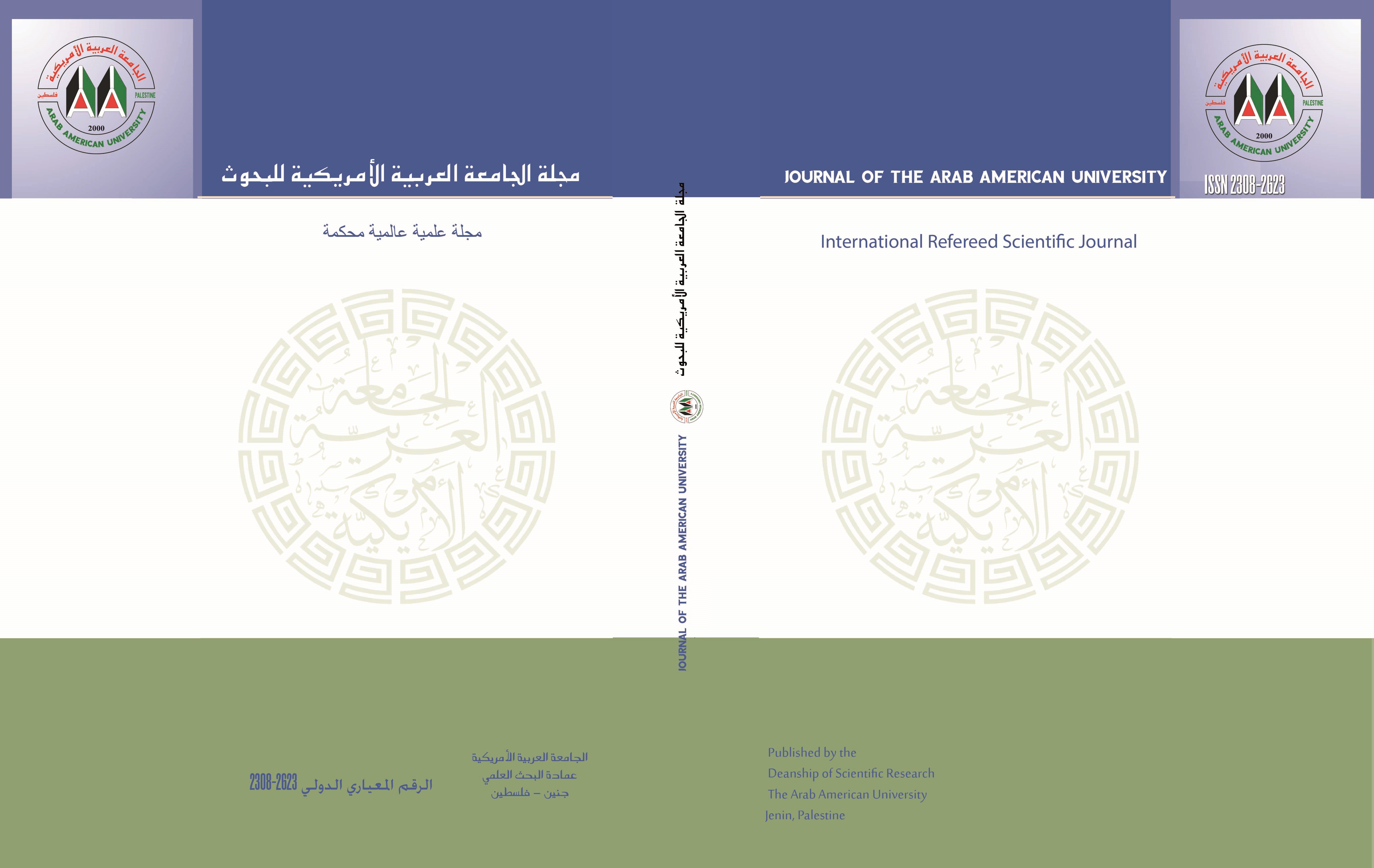Journal of the Arab American University مجلة الجامعة العربية الامريكية للبحوث

Abstract
The peacock eye disease or the olive leaf spot caused by the fungus, Spilocaeaoleagina, is the most olive destructive disease in many olive growing regions worldwide. The disease causes yield losses of up to 20%. Infection with the fungus depends on the environmental conditions and varies according to the different regions as well as olive genotype. The aim of this work was to study the genetic variations between the isolates from different olive growing regions in Palestine. In this work, six S. oleagina isolates were collected from different regions in Palestine including Qalqilia, Nablus, Tulkarm, Ramallah, Jenin and Salfit. Pure cultures of the fungus were obtained from single spore germination on PDA media. PCR was used to identify the fungal isolates using species specific primers. After using Box PCR, the diversity of the isolates was studied using the Box REPAIR primer. BLASTn search of S. oleagina isolates revealed similarities of 99% to S. oleagina (Accession #. AF338393.1). Based on the analyses of the dendrogram obtained after Box PCR, two distinct isolates were obvious. The first group (A) was divided into two subgroups (subgroup A1 included samples from Nablus and Ramallah and subgroup A2 included samples from Qalqilia, Salfit and Tulkarm). The second group (B) included a sample from Jenin only. To the best of the researchers' knowledge, this is the first work that identifies the genetic differences between S. oleagina isolates in Palestine. Further work is needed to examine the pathogenicity of the isolates on different olive genotypes.
Recommended Citation
Kleef, Fatema
(2020)
"Genetic diversity among Spilocaeaoleagina isolates from different regions in Palestine,"
Journal of the Arab American University مجلة الجامعة العربية الامريكية للبحوث: Vol. 6:
Iss.
1, Article 1.
Available at:
https://digitalcommons.aaru.edu.jo/aaup/vol6/iss1/1

